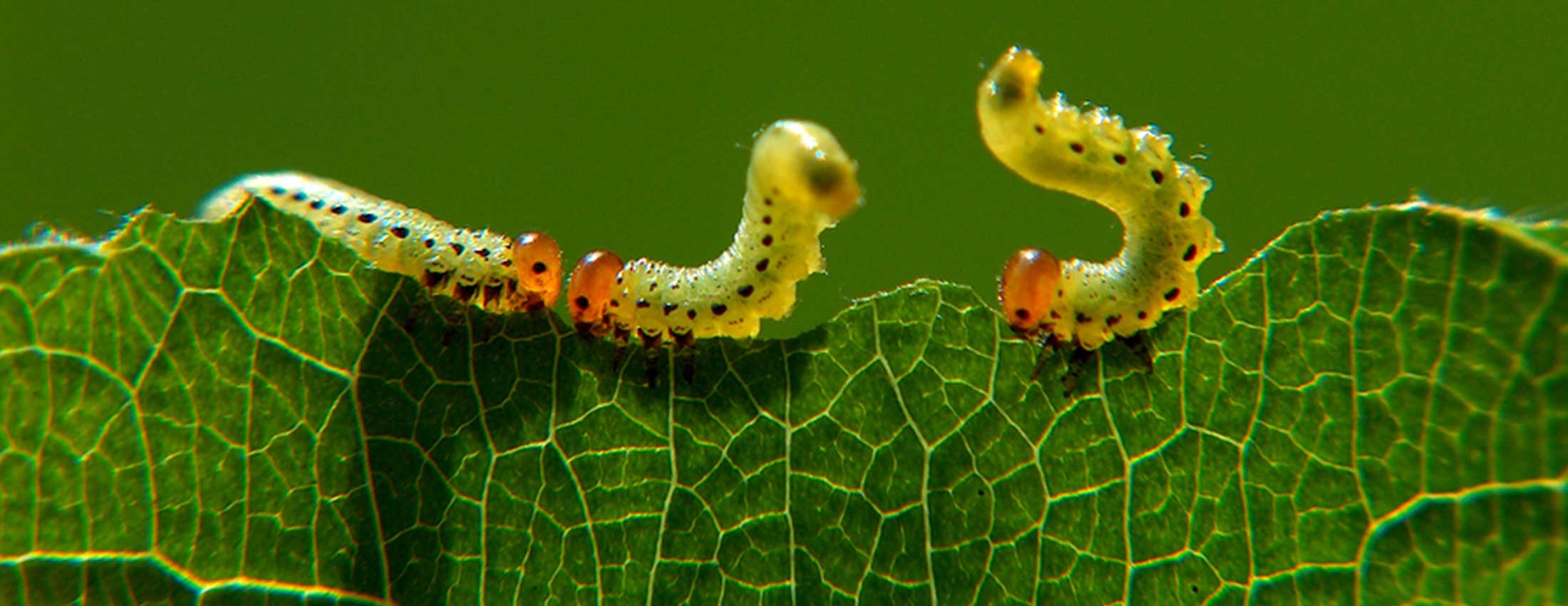Steve's Question Time

We receive many queries from around the world on a weekly basis and I sometimes have the opportunity to check out the responses from our technical team. Steve Capeness is my talented co-presenter at seminars around the world. He is also our Sales Manager and an accomplished biological agronomist. I have decided to include some of Steve’s comprehensive responses to questions in Nutrition Matters, as they can also serve to educate our readers. This is the first of what will become a regular feature.
Here is a good question from Hennie Saaiman in South Africa:
Hi Steve,
Could you please explain Brix. My aim is to reduce insect pressure. If one sprays P, Mg and N or MgSO4 with fulvic on the leaves, will the sugars change from glucose/fructose to sucrose and be less palatable to insects, or is this far-fetched? Does it mean the sugars change when the brix goes up? Sorry for the simplistic view.
Literature keeps on propagating higher brix for less insect pressure. I wonder why we don’t focus more on the taste of the leaf to make it less attractive for insects.
Steve’s Response:
Hi Hennie,
I had better start with “In my opinion…” because there is always something else to learn and add and I am sure I don’t have all the answers!
As you probably know, Brix is a measure of ALL soluble carbohydrates – that means a whole raft of simple and complex sugars, fats/lipids (formed from long chains of glucose), proteins, oils, etc. So brix is measuring the “manufacturing efficiency or complexity” within the leaf. The more glucose/fructose AND captured energy (as ATP), the more of these complex carbohydrates and phyto-chemicals the plant can make (with the help of air-sourced and soil-sourced minerals).
As far as sucrose goes, it should follow that with luxury levels of glucose and fructose and the metabolic energy, a plant can make more sucrose, but only if it is genetically pre-disposed to do so. Not all plants “want” to spend the energy to make sucrose, otherwise we would be growing other crops to make “cane sugar” rather than just sugarcane. Most of the glucose/fructose goes towards dry matter/cellulose production. This actually makes up 95% of the plant dry weight.
The minerals either go into making some of the “dry matter” products like protein, certain cellular materials, aromatics, oils, fats/lipids, tannins, anti-oxidants etc, or they act as the co-factors that activate the enzymes that help the plant metabolise these products. These co-factors are usually trace elements like zinc, iron, manganese and copper, but magnesium and potassium are also major enzyme activators. The point is that, without good mineralisation and energy levels, plants are deprived of the ability to produce their full genetic potential. That includes the ability to produce phyto-chemicals, which help to protect them against natural hazards like insects and diseases.
In a cyclical way, this ends up as a brix reading.
As the plant gives away 60% of its carbs to the roots (and half of that to the soil bugs), we now know that a rich source of sugar-based carbon in the roots allows the plant to complex nitrate N into ammonium and amine N in the root cells. This is vastly preferable to the alternative, where water soluble nitrates are translocated directly to the leaf. Here, protein conversion takes place at great energy expense. In fact, it takes over 10% of the plant’s total photosynthates to convert this mismanaged nitrate nitrogen into proteins. It is much more energy-efficient when it happens in the roots and it means that the amount of non-protein N ending up in the leaves is greatly reduced.
This is where the insect management story kicks in. Low brix levels can happen because mineralisation is poor (probably as a result of compromised soil biology and mineral imbalances). This means less sugars are available for translocation to the roots. Less sugar in the roots means that less nitrate N is complexed to amino acid. Less sugars translocated to the roots also means less food for the root zone workforce, and this slows the process of nitrogen fixation and recycling. This can create a shortfall of nitrogen which means less protein for a protein-driven plant immune system. There is also an issue where high nitrate N in the leaves draws a lot of water to dilute the high salt index of nitrates. Low brix/high nitrates create an infra-red signal/emission that insects can detect and they home in to clean up the poor quality plant tissue. In this manner, insects are the garbage collectors of the planet. If we grow garbage, the garbage collectors will arrive, on cue, to perform their allotted task.
There is evidence that insects may be killed when they try to digest complex carbohydrates present in high brix plants. This is due to their lack of a pancreas. With no pancreatic enzyme management, alcohol is produced in their gut and this is invariably a poison for the insect.
So insect resistance is actually about the “taste”. Insects will differentiate between high brix (sweet plants) and less nutrient-dense alternatives because, if they make the wrong choice, their lives are literally at risk.
The goal for all growers who understand this equation is to adopt the strategies that ensure elevated brix levels (Nutrition Farming®) and the pest pressure will invariably decrease.
So, what practices enhance brix? Here are the top four:
-
Modify nitrogen sources and application timing to ensure the maximum conversion of non-protein N into protein. This will involve adequate supply of molybdenum and cobalt. Molybdenum is the key to the nitrate reductase enzyme, responsible for converting nitrates in the leaf into protein. Cobalt is now considered to be equivalent to mother’s milk for the nitrogen fixing microbes that determine a good influx of ammonium, rather than nitrate nitrogen.
-
Urea is a good option for foliar nitrogen supply, as it delivers nitrogen directly into the leaf in the amine form. Amines are converted to protein with minimum energy expenditure. The other option for improving your ratio in the plant between ammonium nitrogen and nitrate nitrogen, is to harvest more ammonium nitrogen from the atmosphere. The use of Bio-N™ and Bio-Plex™ (Azotobacter spp) are also a good strategy as they deliver complexed N to the roots and leaves respectively.
-
Strategies that boost photosynthesis will obviously enhance brix levels and associated resilience. Foliars will deliver the trace minerals that impact chlorophyll density far more rapidly and efficiently than the soil-based alternative. Triacontanol is an amazing, inexpensive tool to boost chlorophyll density and build brix levels.
-
Also remember that calcium is the trucker of all minerals. It is the mineral that helps deliver seven key photosynthetic minerals (K, Mg, P, Mn, Zn, B, Fe). You can’t hold good calcium levels in the leaf if the soil levels are poor. In this context, a short and long-term calcium fertilisation program is paramount as a foundation to great brix levels. An inoculation of Mycorrhizal fungi can also be constructive in this context (Platform®). These important fungi release acids that break the bond between locked-up calcium phosphorus in the soil and deliver both of these minerals to the plant.
I trust this has been of help.
Warm regards,
Steve
Sign up to our e-newsletter to receive the latest articles, product updates and exclusive offers from NTS. Every new subscription receives a free digital copy of Graeme Sait's book, 'Nutrition Rules!'. CLICK HERE TO SUBSCRIBE
